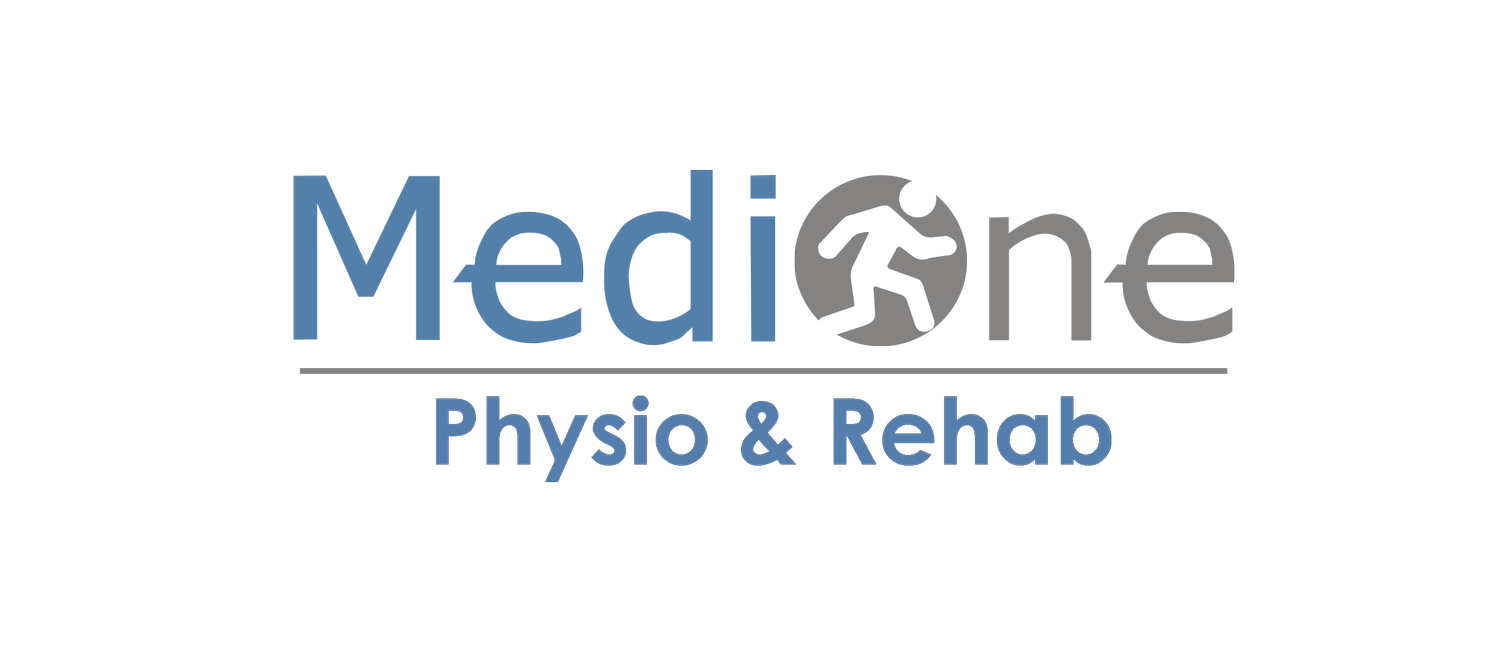Snow Removal Safety Tips
After a snowfall, we can expect to keep digging for the next few months. But do you know how much of a workout snow shoveling entails?
Research says that shoveling snow can require as much energy as running 15 km/hr!
Snow shoveling is an activity that can improve cardiovascular fitness. However, the initial attempt at snow shoveling, especially if the snow is wet, is like picking up heavy weights (as heavy as 25 lbs!)
It’s no surprise that many people suffer from muscle fatigue, low back pain, shoulder pain, wrist pain, vertebral disc damage or even spinal fractures during the winter season.
Warm Up For The Cold!
Warm up your muscles with 10 minutes of light exercise and stretching similar to as if you were about to play a sport. Try some brisk movements such as jumping jacks or marching, and then proceed to stretching.
Wrists/ankles - rotate them left and right
Neck - try stretching neck side to side with the assist of your hand on top of your head to gently pull for a better stretch
Glutes and lower body - lying down, face up and try to bring your knees to your chest
Hamstrings - stand upright, place one leg forward and try to reach for your toes
Shoulders - roll your shoulders forward and back in circular motions
Lifting Snow is Like Lifting Weights
Face the snow you’re about to shovel
If you must, walk to where you are dumping the snow rather than throwing it
Avoid twisting and throwing snow over your shoulder
Pace Yourself
Clear the snow early and often
15 minutes of snow shoveling counts as moderate exercise so take frequent breaks!
Keep your back straight and bend at the knees NEVER the back
Try to minimize the load by pushing the snow to the edge and THEN lift.




